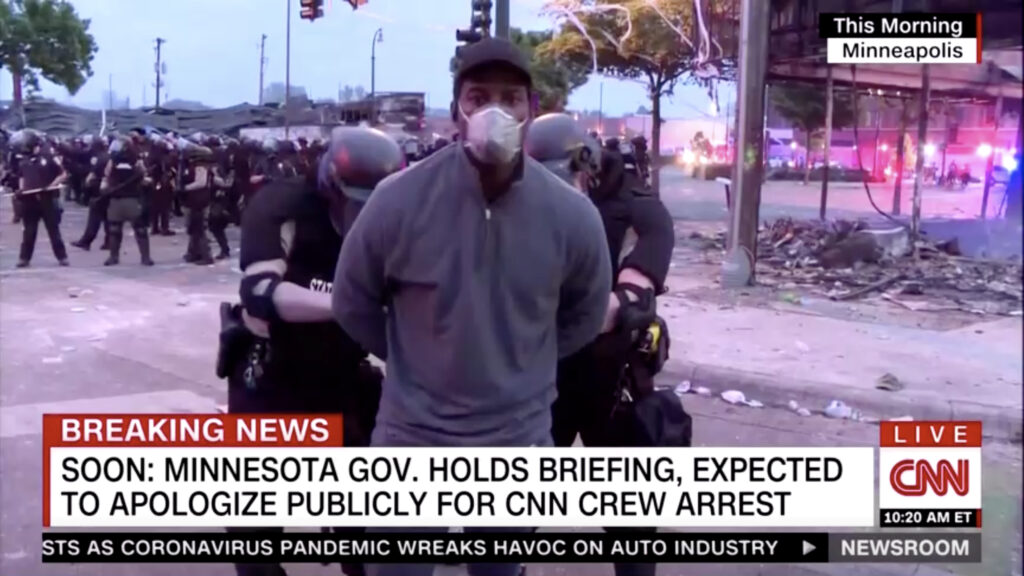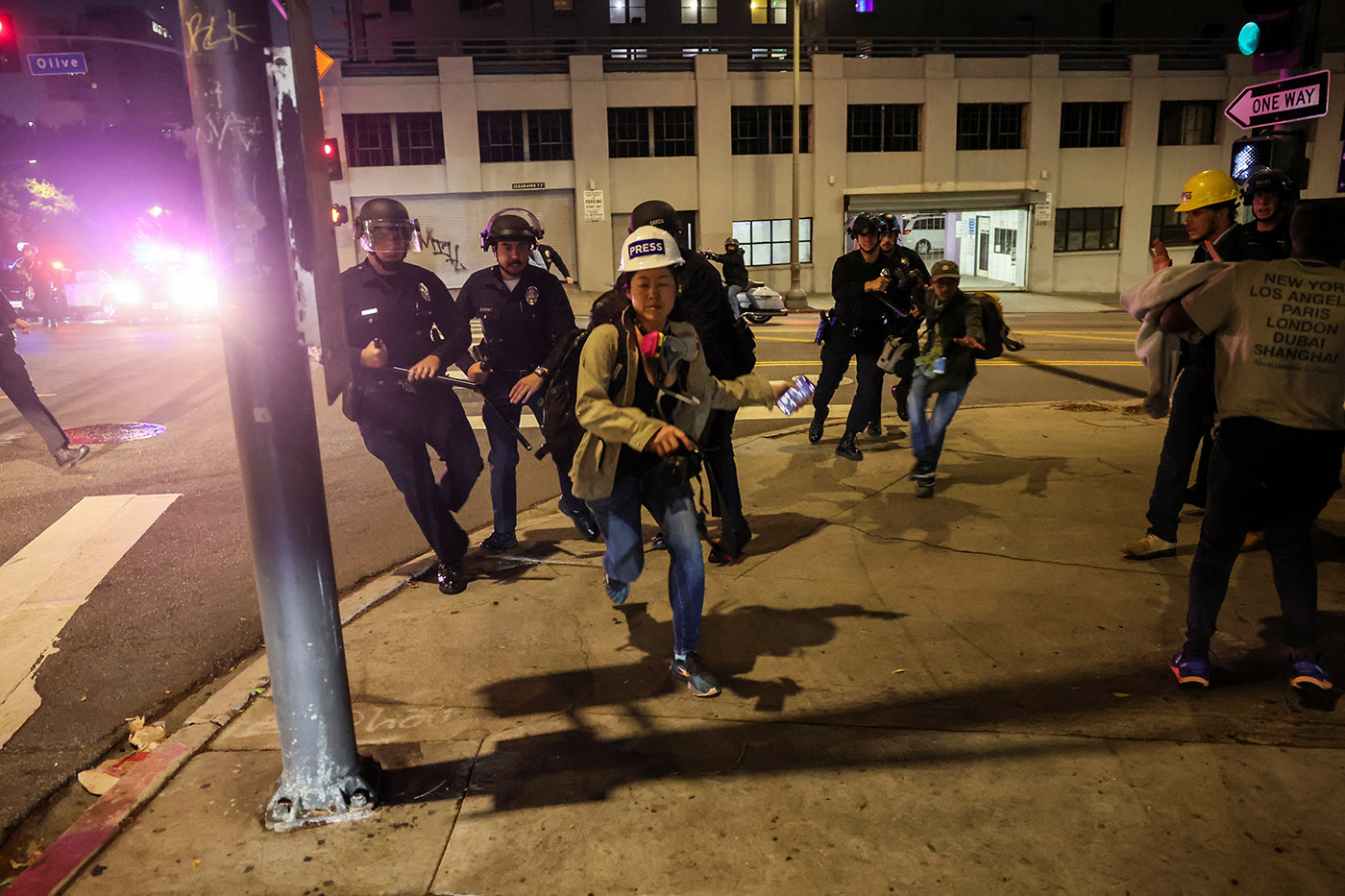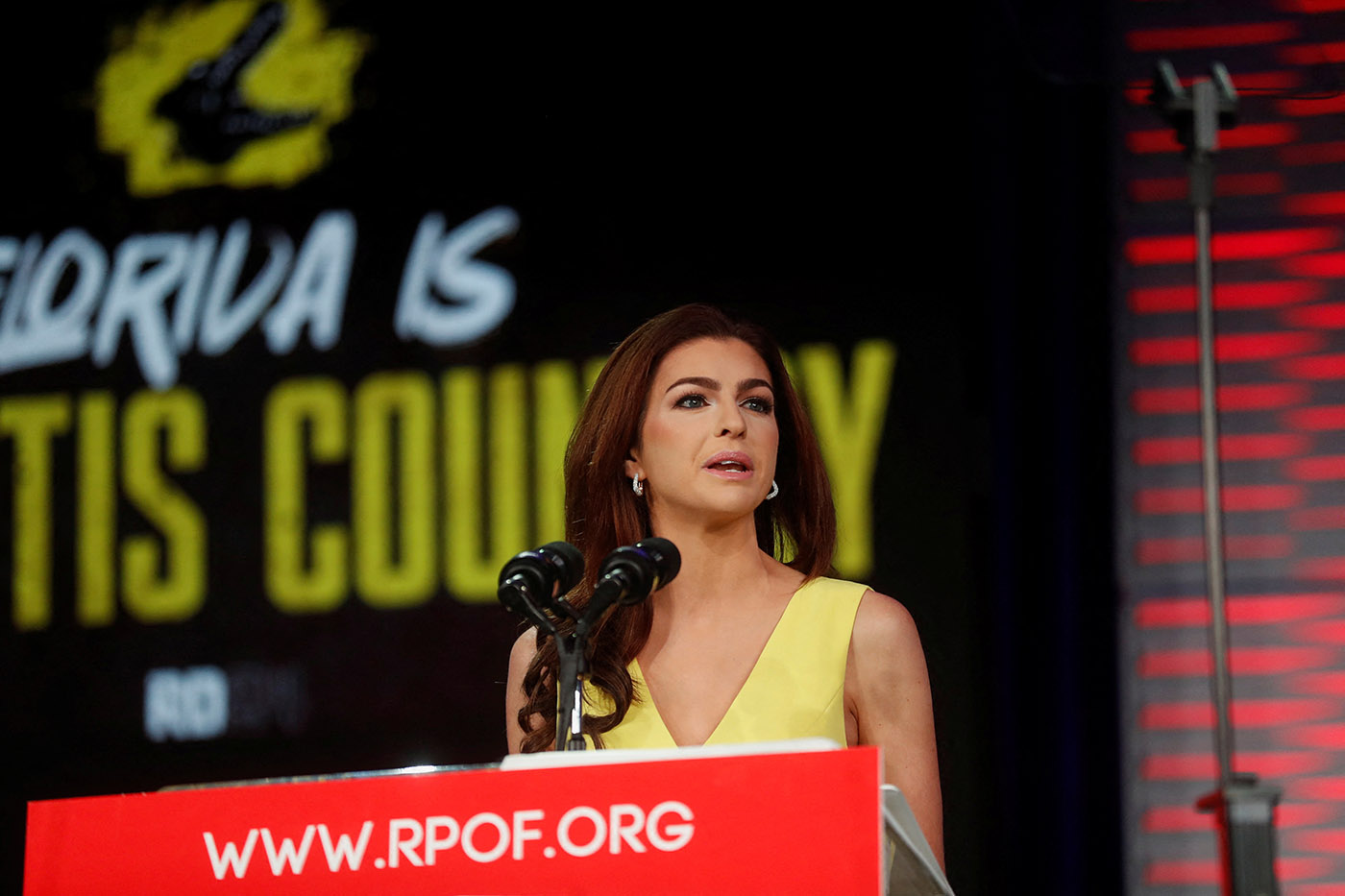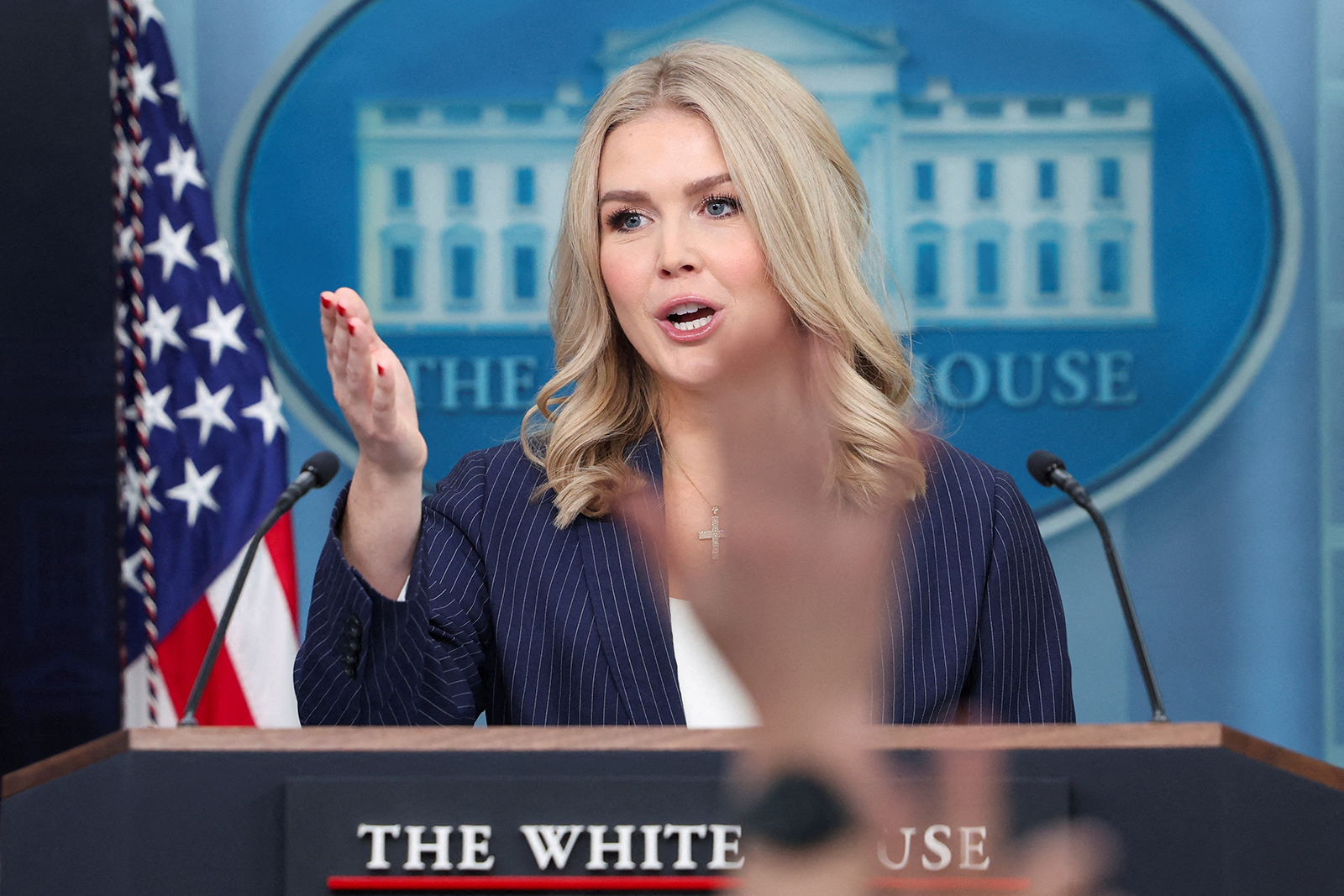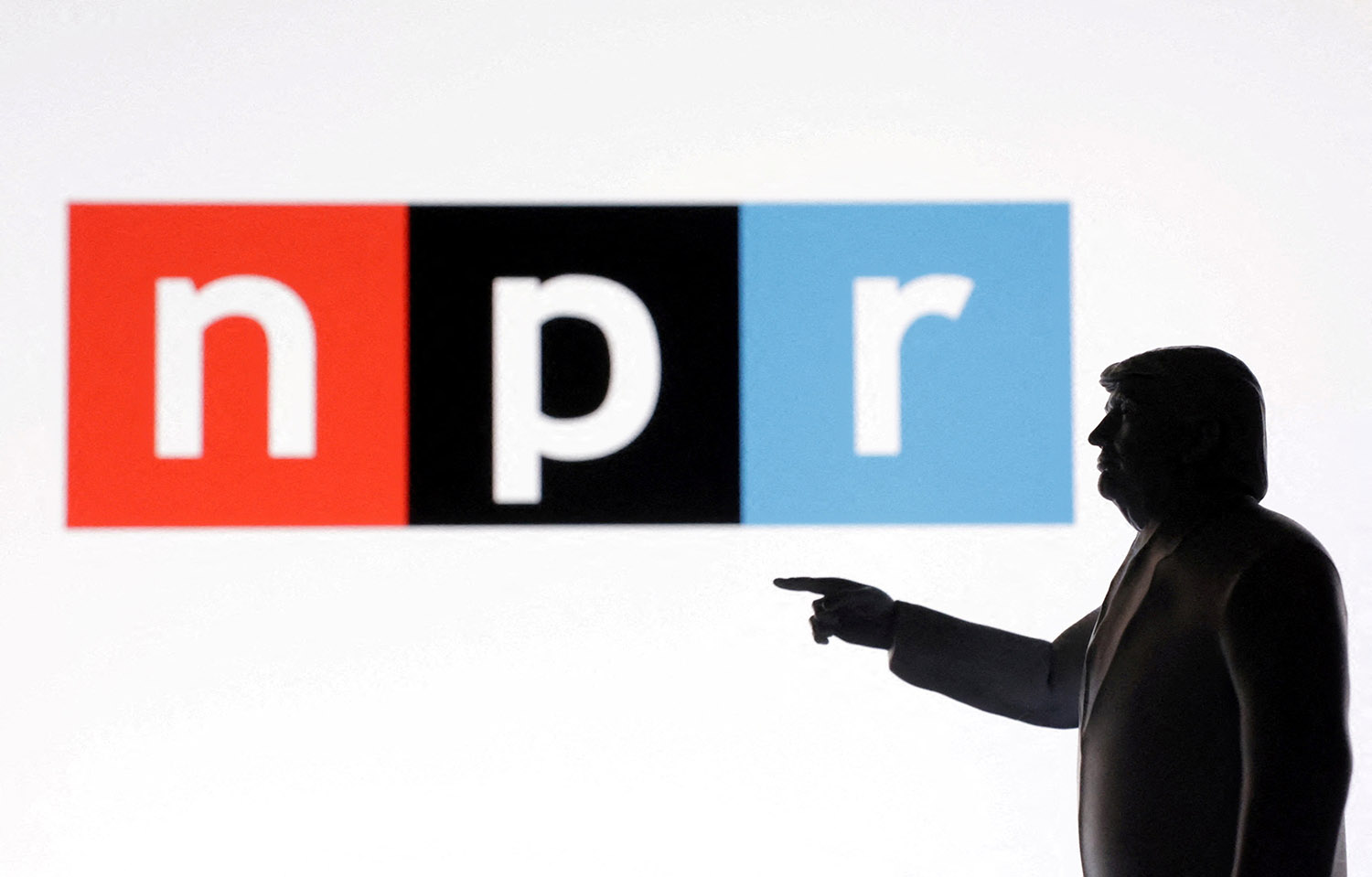Update: As of June 3, 2020, U.S. Press Freedom Tracker has recorded 279 press freedom incidents including 45 arrests, 180 assaults (149 by police), and 40 incidents of equipment/newsroom damage.
Correction: This article previously said “some of the assaults were perpetrated by the police, while others were committed by demonstrators” and has been edited to make clear that the vast majority of recent attacks on journalists have been committed by police.
Since mass protests erupted over the death of George Floyd, more than 100 journalists have been injured or arrested by police officers while on the job, even after clearly identifying themselves as members of the press.
The U.S. Press Freedom Tracker, an online database that records threats to press freedoms, has an updated tally of these incidents. While some of the attacks were perpetrated by demonstrators, the data shows that police were responsible for the vast majority (over 80 percent) of assaults on journalists.
“To put some perspective on the unprecedented nature of the weekend’s attacks on journalists,” the U.S. Press Freedom Tracker tweeted, “we’ve documented 100-150 press freedom violations in the US per year, for the last 3 years. We are currently investigating *over 100* FROM JUST THE LAST 3 DAYS.”
Journalists have long understood the risks involved in covering protests, but the events of the past weekend point to a worrisome shift: journalists are not only finding themselves caught in the middle of the violence; they are increasingly becoming targets.
Below is a summary of some of the incidents that occurred from May 29 to May 31. It is not intended to be comprehensive, but rather to provide a snapshot of a larger trend.
-
- May 29 CNN correspondent Omar Jimenez, producer Bill Kirkos, and camera operator Leonel Mendez: Jimenez, Kirkos, and Mendez were live on TV, filming a street in Minneapolis the morning after a protest. When police officers neared the crew, Jimenez offered to move where he was ordered. “Wherever you’d want us, we will go,” he said. Within seconds, a police officer told Jimenez he was under arrest, handcuffed him, and led him away from the scene. Officers also arrested Kirkos and Mendez, and took the network’s camera. They were later released without charges.
- May 29 NBC and MSNBC correspondent Micah Grimes: Grimes was filming a line of Minneapolis police officers from several feet away while wearing a vest that said “MEDIA” on it. After being shot once in his side with a “canister of green powder,” Grimes tried to walk away. He was shot twice more on the back, but managed to leave without serious injuries.
State patrol or national guard aimed and intentionally shot me in side with canister with green powder. I turned back to him, he taunted me like would shoot me again, twice. Clear cheap shot. Video at the end. I’m fine. Had my media badge clearly on chest. https://t.co/Zn4csqC7tD https://t.co/n5076fRbP7
— Micah Grimes (@MicahGrimes) May 30, 2020
- May 30 Freelance photographer Linda Tirado: While covering the protests in Minneapolis, Tirado was hit in the face by what she believes was a tracker or marker round fired by the police. She was immediately taken to the hospital for surgery, but the doctors were unable to save the vision in her left eye. It isn’t clear whether the police were targeting her specifically, or the crowd in general.
- May 30 Fox News correspondent Leland Vittert: Vittert and his team were chased by a group of demonstrators outside the White House after a protester found out he and his team worked for Fox news. As the Fox crew left the scene, a protester grabbed the microphone and hurled it back at the journalists. The protesters followed the crew, chanting F**k Fox News before riot police dispersed them.
- May 30 WLKY chief photographer Paul Ahmann: Ahmann was attacked by a crowd and thrown to the ground while covering the protests in Louisville, Kentucky. According to Poynter, onlookers cheered and photographed Ahmann while he was on the ground.
- May 30 Arizona Family 3TV CBS 5 correspondent Briana Whitney: Whitney was live on TV describing the scene of a protest in Phoenix when she was tackled by a man. The man lunged at her, seemingly to grab her microphone, and then ran away.
- May 30 Vice News reporter Michael Anthony Adams: Adams and his news crew were covering the Minneapolis protests when they noticed a group of police pointing weapons at them. The crew raised their press cards and Adams shouted “press” multiple times, but the officers didn’t change their stance. Adams was ordered to lie down, and then was blasted with pepper spray.
Police just raided the gas station we were sheltering at. After shouting press multiple times and raising my press card in the air, I was thrown to the ground. Then another cop came up and peppered sprayed me in the face while I was being held down. pic.twitter.com/23EkZIMAFC
— Michael Anthony Adams (@MichaelAdams317) May 31, 2020
- May 30 WAVE-TV reporter Kaitlin Rust and photojournalist James Dobson: Rust and Dobson were both hit with pepper balls while covering protests in Louisville. When the assault occurred, Rust had a microphone in her hand, and Dobson, in addition to holding a camera, was wearing a protective vest that said “press” in reflective lettering.
- May 30 Denver Post photographer Hyong Chang: Chang was struck twice with pepper balls shot by Denver police officers. The shots shattered his press badge and left him with a cut on his arm. “If it was one shot, I can say it was an accident,” Chang told The Denver Post. “I’m very sure it was the same guy twice. I’m very sure he pointed at me.”
- May 30 CNN commentator Keith Boykin: Boykin was arrested by New York City police while taking photos of the protests, even after telling the officer that he was a member of the press. After waiting in a van and police bus for multiple hours, Boykin was taken to jail where he says he was locked up with 35 other people who weren’t wearing masks and lacked space for social distancing. “They never read me my Miranda rights and never charged me with any serious crime,” Boykin said on Twitter.
For more analysis on recent attacks against the press, see The Washington Post, BuzzFeed News, Vox, Columbia Journalism Review, and The New York Times.
Tags
